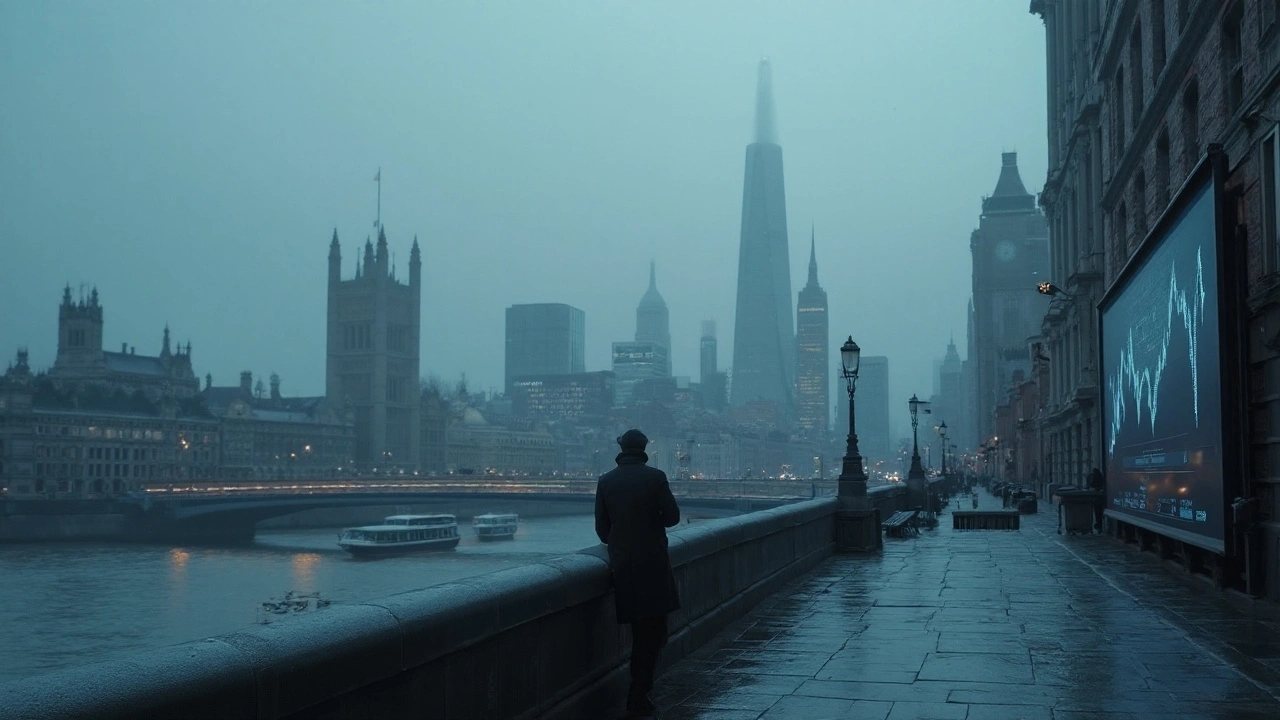GDP Contraction Explained
When you hear news that a country's economy is shrinking, the term you’ll often see is “GDP contraction.” Gross Domestic Product (GDP) measures the total value of everything a nation produces. A contraction means that value fell compared to the previous period. In plain words, the economy is making less stuff and providing fewer services.
Why does this matter to you? A shrinking economy can hit your paycheck, the price of groceries, and even the cost of your mortgage. Understanding the basics helps you see early warnings and make smarter choices about spending, saving, or investing.
Why GDP Can Shrink
Several things can push GDP down. First, consumer demand may dip—people hold onto cash instead of buying, so businesses sell less. Second, businesses might cut back on production because they expect lower sales, leading to fewer jobs and less income circulating in the economy. Third, external shocks like a pandemic, oil price spikes, or a financial crisis can disrupt supply chains and reduce output.
Government policies also play a role. Higher taxes or reduced public spending can lower overall demand. On the flip side, if a country faces trade restrictions, exports drop, and that can shave off a chunk of GDP. All these factors add up, and when the total falls for two consecutive quarters, economists often label it a recession.
What You Can Expect When It Happens
During a GDP contraction, unemployment usually climbs. Companies need fewer workers, so hiring slows or layoffs happen. That, in turn, reduces household income, creating a feedback loop that can deepen the slowdown. You might also see slower wage growth and tighter credit as banks become cautious.
Price trends can get tricky. Some goods become cheaper because demand drops, but others—especially essentials—might stay pricey if supply chain issues linger. This mixed inflation environment can confuse everyday budgeting.
On the positive side, a contraction often forces policymakers to act. Central banks may lower interest rates to spur borrowing, and governments might launch stimulus programs to boost spending. These moves can help the economy rebound faster than you’d expect.
For everyday folks, the best strategy is staying flexible. Keep an emergency fund, watch for changes in job security, and think about diversifying income streams. If you’re investing, consider sectors that perform well in downturns, like utilities or consumer staples.
Finally, remember that GDP is just one snapshot. It doesn’t capture everything—like unpaid work, environmental health, or quality of life. So while a contraction signals trouble, it’s not the whole story. Keeping an eye on other indicators, like consumer confidence or housing starts, gives you a fuller picture of where the economy is headed.
Understanding GDP contraction puts you in a better position to navigate tough economic times. It helps you spot early signs, react wisely, and stay ahead of the curve when the numbers start to dip.

Which Country Is in Recession in 2025? Latest List & Analysis
Caleb Drummond Sep 16 0Discover which nations are officially in recession in 2025, why they slipped, and what the key economic indicators reveal about the global slowdown.
More Detail